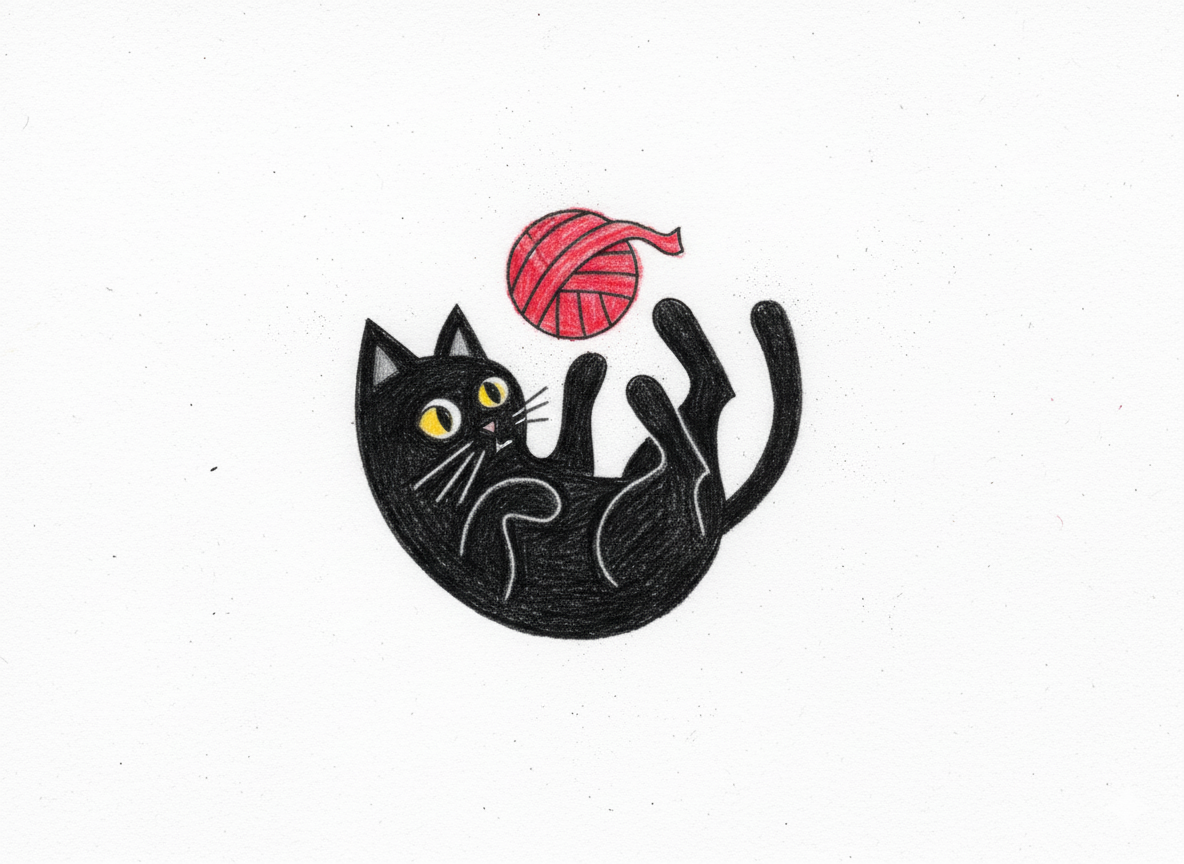
There's something magical that happens when learning feels like play. I've watched children lose themselves in a game for hours, mastering complex rules, strategizing, failing and trying again—all with an enthusiasm that formal education often struggles to capture. What if we could design digital learning environments that harness this natural curiosity and joy?
The Alchemy of Play and Learning
Play isn't the opposite of serious learning—it's one of its most powerful catalysts. When we play, we experiment without fear of judgment. We take risks because the stakes feel manageable. We persist through challenges because the process itself is rewarding.
In digital spaces, this translates to environments where exploration is encouraged, where failure is reframed as iteration, and where discovery feels like adventure rather than assignment. The challenge isn't making learning fun—it's designing experiences where the learning emerges naturally from the play.
Beyond Gamification: Authentic Play Experiences
Too often, educational technology falls into the trap of gamification—adding points, badges, and leaderboards to existing content and calling it playful. But true playful learning runs deeper. It's about creating systems where the core mechanics of the experience are inherently engaging.
Instead of rewarding completion, we can design for discovery. Instead of measuring speed, we can celebrate creativity. Instead of standardized paths, we can create spaces for personal exploration and meaning-making.
Designing for Different Types of Play
Not all play is the same, and not all learners are motivated by the same types of experiences. Some find joy in solving puzzles and mastering systems. Others prefer social collaboration and shared storytelling. Still others are drawn to creative expression and open-ended exploration.
Effective playful learning environments offer multiple pathways—spaces where different types of players can find their own sources of engagement while still moving toward shared learning goals. This might mean offering both competitive challenges and collaborative projects, both structured activities and open sandboxes.
The Role of Agency in Digital Learning
One of the most powerful aspects of play is the sense of agency it provides. Players make meaningful choices that affect their experience. They have control over their journey, their strategies, their pace of engagement.
Digital learning environments can amplify this agency in ways that traditional classrooms struggle to achieve. Learners can choose their own paths through content, set their own goals, and even modify the rules of their experience. This sense of ownership transforms passive consumption into active participation.
Creating Safe Spaces for Risk-Taking
Play requires psychological safety—the freedom to experiment without serious consequences. In learning contexts, this means creating environments where mistakes are not just tolerated but celebrated as part of the discovery process.
Digital spaces can offer unique advantages here. They can provide immediate, low-stakes feedback. They can offer unlimited 'lives' or attempts. They can create parallel universes where learners can test hypotheses without real-world repercussions.
Community and Collaboration in Playful Learning
Some of the most powerful learning happens in community. When players share discoveries, teach each other strategies, and collaborate on challenges, they're not just learning content—they're developing social and communication skills.
Digital learning environments can facilitate these connections in thoughtful ways, creating opportunities for peer mentoring, collaborative problem-solving, and shared celebration of achievements. The goal isn't just individual mastery, but collective growth.
Balancing Structure and Freedom
Effective playful learning requires a delicate balance. Too much structure and the experience feels constraining. Too little and learners may feel overwhelmed or directionless.
The art is in designing what we might call 'productive constraints'—frameworks that provide enough guidance to be helpful while leaving room for personal exploration and creativity. This might mean offering clear objectives while allowing multiple paths to achieve them, or providing tools and resources while letting learners decide how to use them.
Toward Joyful Learning Futures
As we design the future of digital learning, we have an opportunity to move beyond the industrial model of education toward something more human, more joyful, more aligned with how we naturally learn and grow.
This doesn't mean making everything a game, but rather recognizing that the best learning experiences share many qualities with the best play experiences: they're engaging, voluntary, intrinsically motivated, and personally meaningful.
In digital spaces, we can create environments that honor the learner's curiosity, agency, and joy. We can design for wonder, discovery, and authentic engagement. We can build tools that don't just deliver content, but nurture the human capacity for growth and understanding.
That's the kind of future worth playing toward.